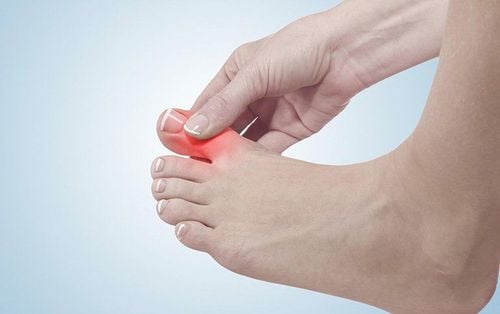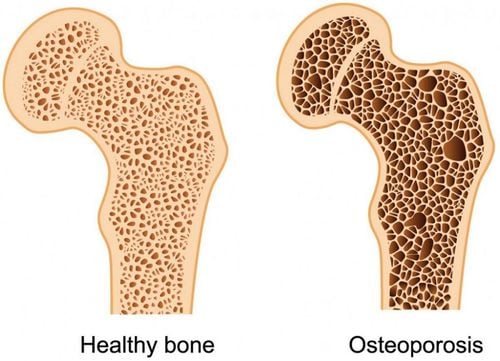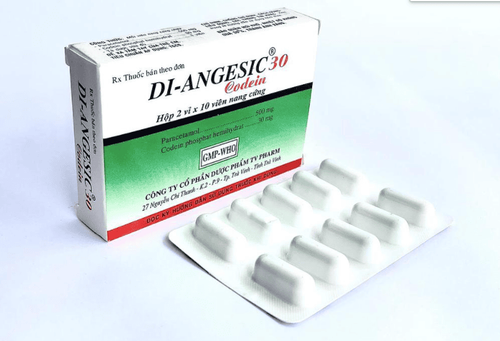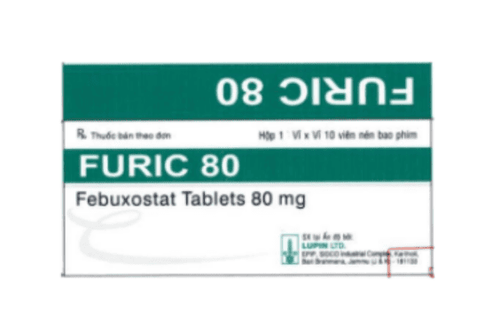This is an automatically translated article.
Gout is an inflammatory arthritis caused by the accumulation of uric acid crystals in the joints. Signs of gout in the legs are the first signs to detect this pathology.
1. Heel Pain Gout Accumulation of uric acid crystals in the joints leads to painful gouty arthritis. Uric acid is a breakdown product of purines in foods that are loaded into the body every day. The abnormal metabolism of uric acid along with the crystallization of these compounds in the joints will cause inflammatory episodes leading to acute gout attacks.
Gout is more common in men than in women. At the same time, the incidence of gout also increases with age, the most are people over 75. For women, acute gout often occurs after menopause. In subjects with hyperuricemia, only a few of them developed gout.
Some risk factors for gout are obesity , excessive weight gain , heavy drinking , high blood pressure , diabetes , kidney function problems... may be the cause of hyperuricemia. Some cases of increased thyroid hormone levels also cause gout.
To diagnose gout, it is necessary to rely on a history of joint pain many times, at specific locations such as toes, ankles, knees... Besides, the test is considered the gold standard for diagnosis. The diagnosis was the detection of uric acid crystals in the joint fluid during aspiration. This is a procedure that requires local anesthesia and is sterile. In addition, a blood test that measures uric acid levels is also essential for the diagnosis of gout.

Bệnh gout đau gót chân ảnh hưởng đến chất lượng cuộc sống của bệnh nhân
2. Signs of Gout in the Legs Acute gout attacks are characterized by the onset of acute pain in the affected joints, followed by symptoms of swelling, heat, and redness, especially intense pain. bright and clear. Of the joints, the small joints in the toes are the most susceptible to gout. Some joints can also get gout, such as ankles, knees, wrists, fingers or elbows. For some patients, an acute gout attack is so intense that when the bed sheet touches the joints of the toes, it causes pain. Gout pain is acute, then subsides from hours to days, and may or may not respond to analgesics. There are even a few cases where gout pain persists for weeks, affecting the patient's quality of life.
With gout appearing in the fingers due to the deposition of uric acid crystals in the joints, the patient should rest for a certain time to reduce pain. Big toe pain is the most common and often comes back later, so it's important to see a doctor regularly even after the gout attack has ended. Over time, this gout attack can cause damage to tendons and nearby tissues.
Gout joint pain is related to metabolism and joints, with the most common sign of gout in the legs, causing the patient to appear severe pain, likely to recur many times later. Therefore, it is necessary to have a healthy lifestyle, a reasonable diet to prevent gout from occurring.
Please dial HOTLINE for more information or register for an appointment HERE. Download MyVinmec app to make appointments faster and to manage your bookings easily.













